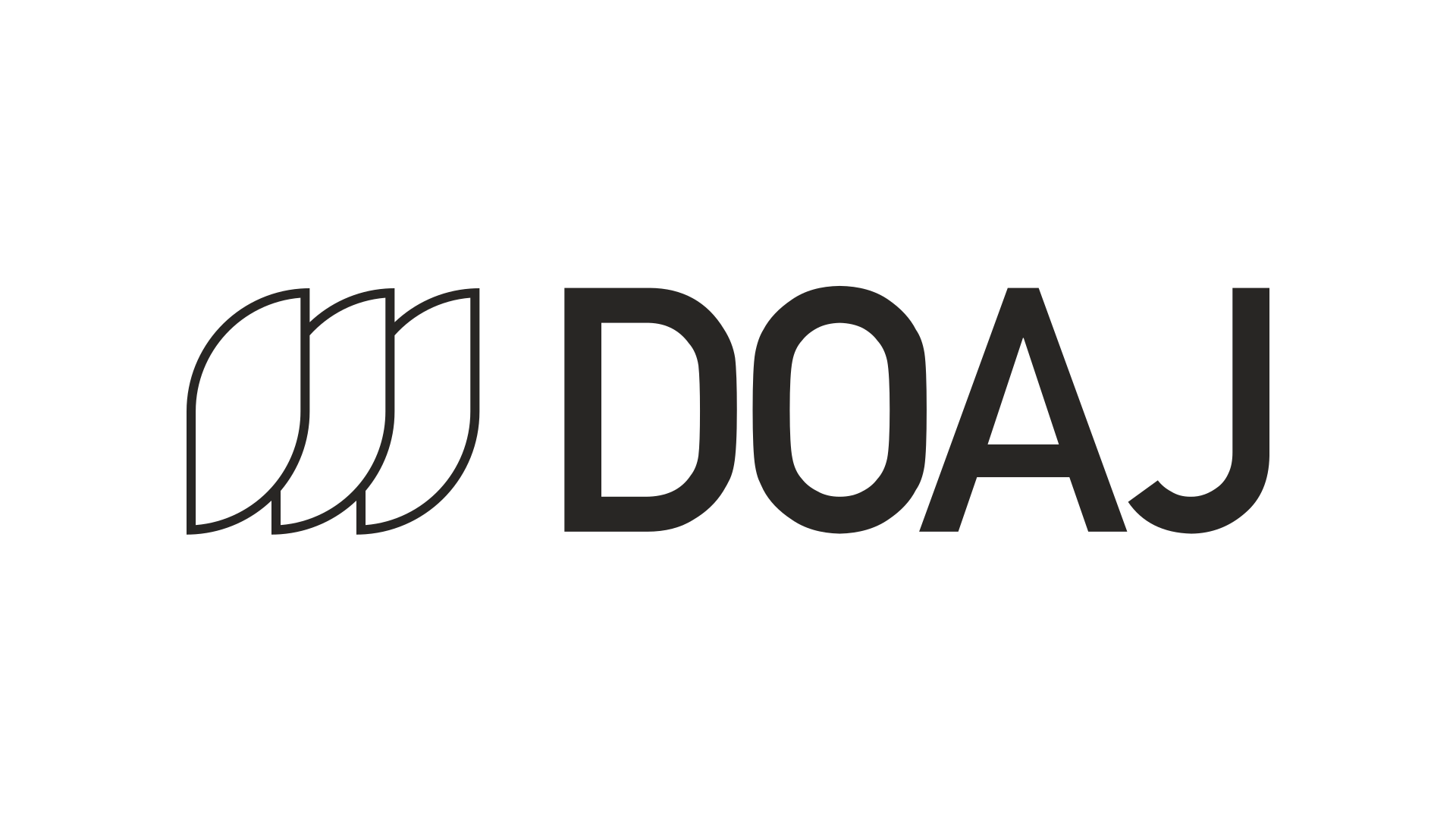We are rewriting our website in plain English so that it is easy for our users, especially publishers, to understand what is required for a good quality and complete application.
These are first steps to us:
- becoming even more open and transparent;
- offering a greatly improved user experience for a new application form;
- starting a localisation project to offer elements of the website in languages other than English.
Today the basic criteria are mixed with the advanced criteria on a very wordy page and in our application form. It is hard to tell which is which. The advanced criteria are only required for a journal wishing to get the DOAJ Seal.
This leads many to believe that a journal has to have the Seal to be indexed in DOAJ. This is not true.
So here are our basic criteria – rewritten, updated and offered in simple, clear language. These will soon be available on our website as part of our new ‘Guide to applying’.
Let us know what you think.
The type of journal that can apply
Open access journals published in any language may apply.
- The journal must be actively publishing scholarly research
- All research subject areas are accepted
- Should publish at least 5 research articles per year
- The primary target audience should be researchers or practitioners
The type of open access
- DOAJ only accepts open access journals.
- We define these as journals where the copyright holder of a scholarly work grants usage rights to others using an open license (Creative Commons or equivalent) allowing for immediate free access to the work and permitting any user to read, download, copy, distribute, print, search, or link to the full texts of articles, crawl them for indexing, pass them as data to software, or use them for any other lawful purpose.
- The journal must display an open access statement indicating that it fulfils the DOAJ definition of open access.
- The full text of all content must be available for free and open access without delay
- No embargo period
- Requiring users to register to read content is not accepted
- A charge for the print version of a journal is permitted
The journal website
- The journal must have its own dedicated URL and homepage that is accessible from any location
- The website must be clear and easy to navigate
- The journal should adhere to the guidelines described in the Principles of Transparency and Best Practice in Scholarly Publishing
- Each article must be available as an individual, full-text article
- one unique URL per article
- HTML or PDF, as a minimum
The following information must be available online, and easily accessible from the journal homepage:
- Open access policy
- Aims and scope
- Editorial board (including institutional affiliations of all members)
- Instructions for authors
- Editorial process (peer review)
- Licensing terms
- Copyright terms
- Author charges
- If a journal doesn’t have any charges then this must be stated
- Must include all fees that may be charged to the author, from submission to publication, including:
- submission fees
- editorial processing charges
- article processing charges (APCs)
- page charges
- colour charges
- Contact details
- The contact details must include a real name and the journal’s dedicated email address
- The country in the application and on the journal website must be the country where the publisher is registered and carries out its business activities
ISSN
- A journal must have at least one ISSN (International Standard Serial Number) which is registered and confirmed at issn.org.
- The ISSN(s) must be displayed on the website.
- The name of the journal in the application and on the website must match what is shown at issn.org.
Editorial process
- A journal must have an editor and an editorial board.
- The editorial board must be listed on the website.
- The name and affiliation of all editors and board members must be included.
- If the journal is run by a student body, it must have an advisory board of which at least two members have a PhD or equivalent.
- All articles must pass through a quality control system (peer review) before publication.
- The type and details of the peer review process must be stated clearly on the website.
Licensing
- The licensing terms for use and re-use of the published content must be clearly stated on the website.
- DOAJ recommends the use of Creative Commons licenses for this purpose.
- If Creative Commons licensing is not used, similar terms and conditions should be applied.
- Extra care must be taken to state these terms clearly.
Copyright
- The copyright terms applied to the published content must be clearly stated and separate from the copyright terms applied to the website.
- Copyright terms must not contradict the licensing terms or the terms of the open access policy.
- “All rights reserved” is never appropriate for open access content.
Footnote
Applications that contain information that is inaccurate or wrong, or that have answers missing, are automatically rejected.
Journals that are rejected must wait 6 months from the date of rejection before applying again unless otherwise advised by DOAJ.

2 Comments